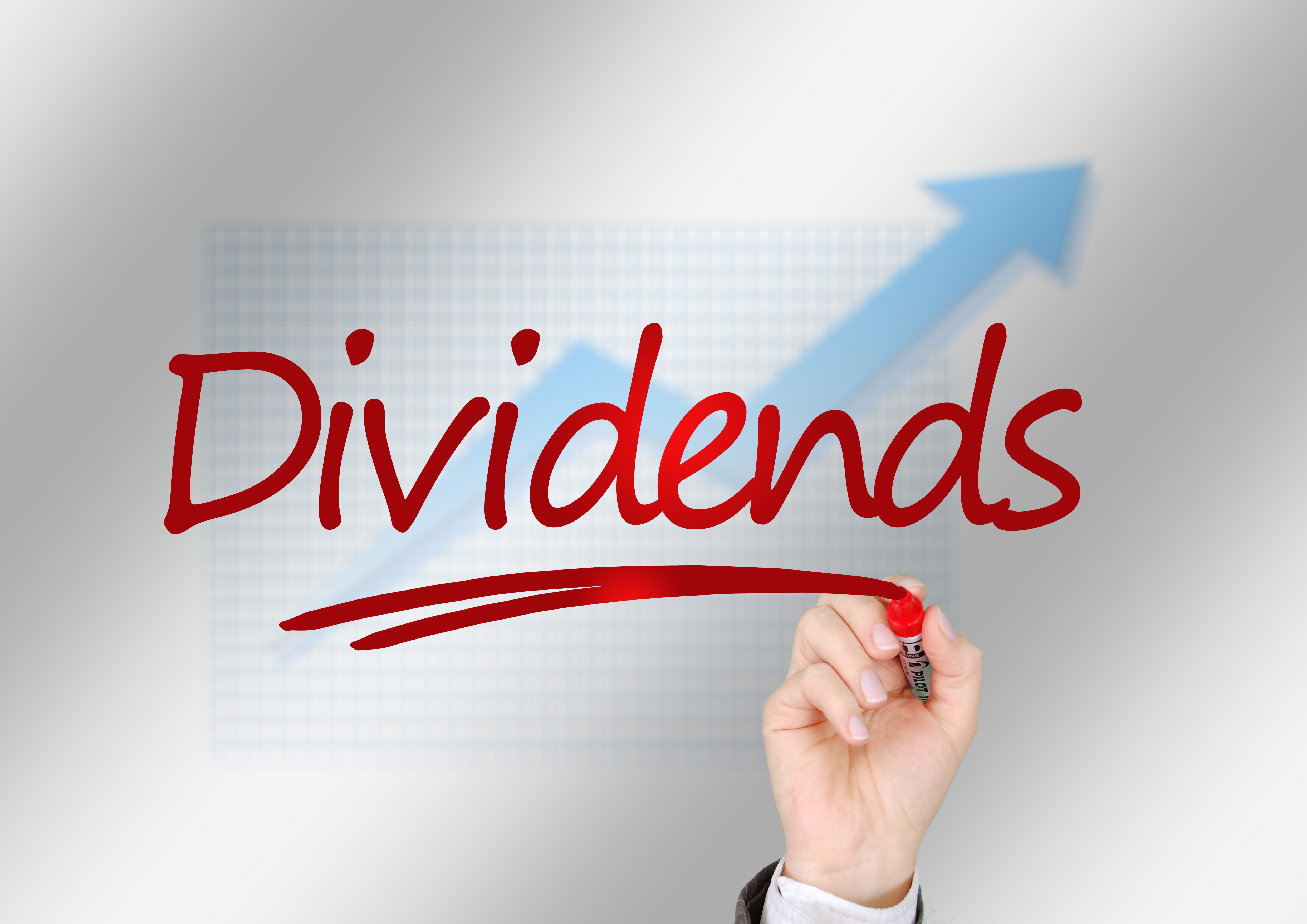The dividend yield is one of the factors that investors use to determine the attractiveness of an investment opportunity, whether it be stocks or bonds. Dividend yield can be calculated in a variety of ways, but the most common two are to look at the company’s current dividend yield compared to its historical dividend yield or to look at it in relation to the company’s share price and stock market indices like the S&P 500 index.
Understanding the basics of dividend yield
A company’s dividend yield is found by dividing its annual dividends per share by its current stock price. This gives you an idea of how much income investors can expect from each share they own, in terms of dividend payments. For example, if a company has paid out $1.50 in dividends over each share held, and currently trades at $10/share (the current stock price), then that company has an implied dividend yield (aka payout ratio) of 15% ($1.50/$10). Another way to think about it: If you buy a company that yields 10%, you could potentially increase your annual return on investment by buying another similar yielding stock and doing nothing with your position.
The dividend yield is one factor in determining whether you should buy a company’s stock. The formula for calculating dividend yield is similar, but not identical, for cash dividends versus stock dividends. If your income statement includes income from selling stocks or bonds in addition to cash dividends, you need to be sure that all capital gains are reflected properly when calculating your total dividend yield.
How to Calculate the Dividend Yield?
Investopedia wrote an in-depth piece on how dividend yield works and what factors can affect it. It also includes examples, such as that of Exxon Mobil, one of many companies with a payout ratio above 100%. If a company’s dividend yield is calculated as 30%, for example, that means it paid out 30 cents in dividends for every $1 invested (in addition to any growth). That’s known as a percentage yield because you’re dividing by dollars rather than the number of shares outstanding. Multiply your current share price by 1 and then divide by 100 to get an approximate dividend yield. This is only an approximation, but it at least gives you something tangible rather than looking up a whole bunch of data about each stock you own and comparing yields.
Dividend Payout Ratio
What Is Dividend Yield? For an investor, understanding dividend yield can help them make better investment decisions. Knowing how much companies are paying out in dividends and what that means for share prices and yields can help you decide if you should buy or sell shares in a particular company. The dividend payout ratio tells you how many dollars of earnings per share (EPS) go toward paying dividends each year. So, if a company pays out 50% of its EPS as dividends, then it’s said to have a 50% payout ratio. If it pays less than that amount, it has retained some earnings as retained earnings instead of paying them out as dividends. That fact may matter to investors depending on their investment philosophy but shouldn’t affect one’s valuation analysis.
Find The Best Companies With Good Dividend Yield
When it comes to finding a good company to invest in, there are many things you need to consider. It can be difficult because many companies will present themselves as being reliable and even having great dividends but when you look deeper into what they’re doing, their practices might not be so ethical. One of those things you need to check is if they have a high dividend yield or if they are using accounting tricks such as dilution or charging off bad debt. These strategies allow companies with lower quality products and services to make their dividend look better than it really is, making them seem like a more attractive investment option than they really are.
Things to Consider Before Investing in Stocks With A High Dividend Yield
By law, all publicly traded companies are required to pay out at least 90% of their profits in dividends. The dividend is typically paid on a quarterly basis, but some firms make payments more often than that, while others pay just once per year. Many companies also offer a special additional dividend, or special dividend, which can be declared at any time and for any reason. As you consider your potential investments, remember that many stocks with high dividend yields aren’t necessarily good investments, in fact, a high yield can signal that things are about to get worse for a company’s earnings outlook.

